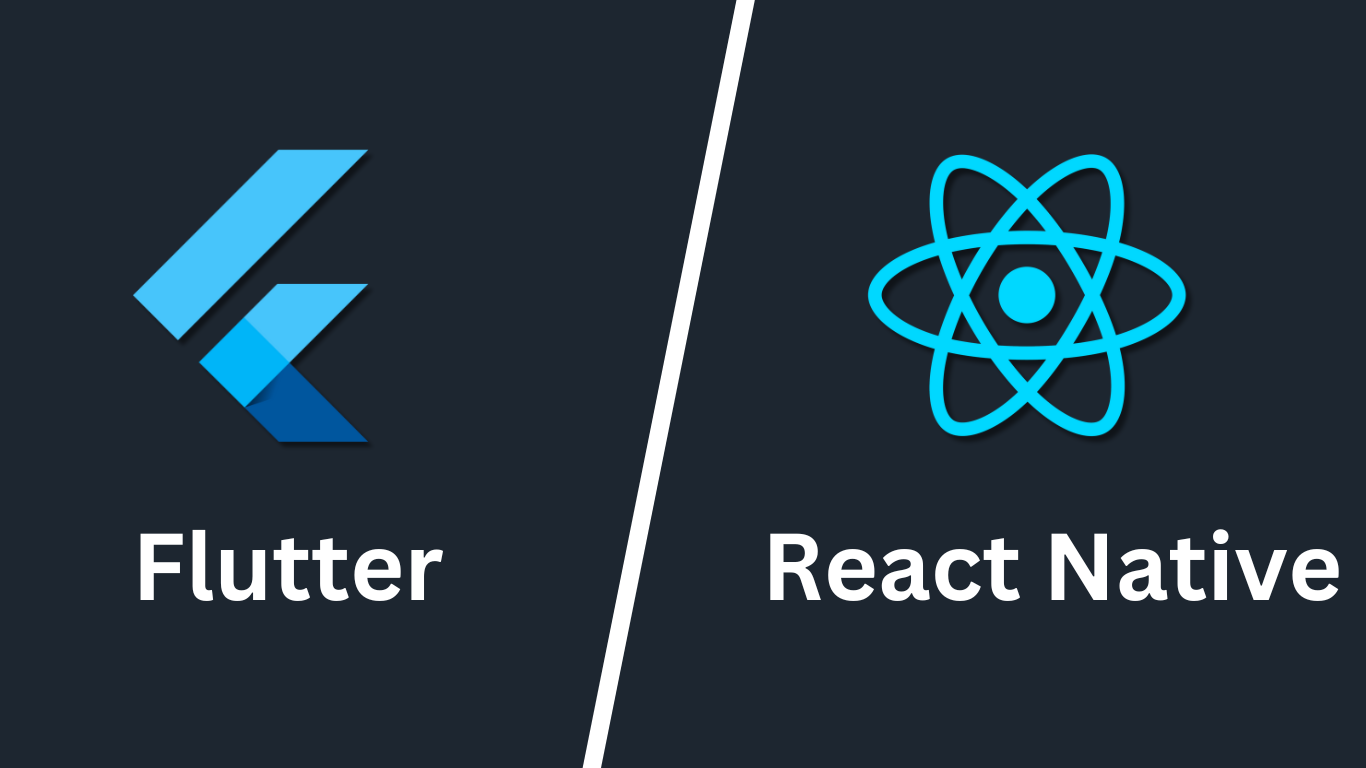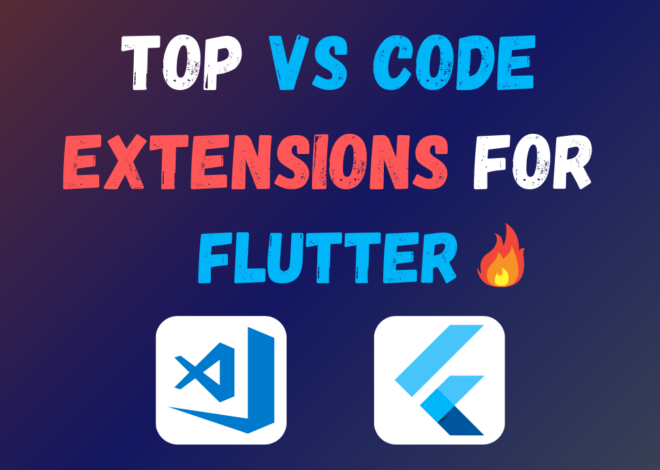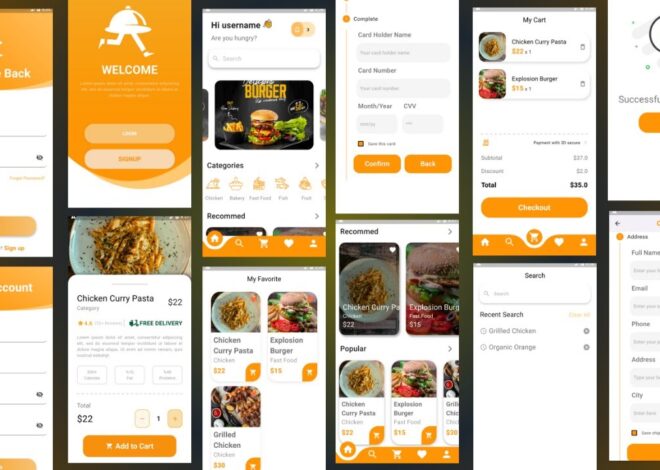
Flutter vs React Native: The Ultimate Comparison in 2024
As the demand for cross-platform mobile app development continues to rise, developers are faced with the challenge of choosing the right framework for their projects. In this comprehensive comparison of Flutter vs React Native, we’ll explore the key differences between two leading contenders: Flutter and React Native. By examining various aspects of Flutter vs React Native such as performance, developer experience, UI components, community support, platform maturity, and more, we aim to provide a thorough analysis of comparison Flutter vs React Native to help you make an informed decision.
Performance and Speed:
- Flutter: Flutter’s performance is often praised for its speed and efficiency. It uses a compiled programming language, Dart, which compiles directly to native machine code, resulting in fast startup times and smooth animations. Flutter’s rendering engine, Skia, ensures consistent performance across platforms.
- React Native: React Native’s performance has improved significantly over the years, but it still relies on a bridge to communicate with native components, which can introduce overhead. However, recent optimizations, such as Hermes JavaScript engine and TurboModules, have helped narrow the performance gap between React Native and Flutter.
Developer Experience:
- Flutter: Flutter offers a delightful developer experience with its hot reload feature, allowing developers to instantly see changes reflected in the app without losing state. The framework’s declarative UI approach and extensive documentation make it easy for developers to get started and iterate quickly.
- React Native: React Native’s familiarity to web developers and its use of JavaScript for app logic appeal to many. The framework’s ecosystem of third-party libraries and tools, along with its strong community support, contributes to a positive developer experience.
UI Components and Customization:
- Flutter: Flutter provides a rich set of customizable widgets out of the box, allowing developers to create highly polished and consistent user interfaces. With Flutter’s widget-based architecture, developers have full control over every pixel on the screen, enabling them to achieve complex designs with ease.
- React Native: React Native leverages native platform components, providing a familiar look and feel to users. While React Native’s UI components may require more customization to achieve specific designs, the framework’s flexibility allows for seamless integration with native codebases and existing libraries.
Community and Ecosystem:
- Flutter: Flutter’s community has grown rapidly since its release, with an active community of developers contributing to its ecosystem. The Flutter team at Google actively engages with the community, providing support, hosting events, and releasing updates regularly. The ecosystem includes a vast collection of plugins, packages, and resources to enhance productivity.
- React Native: React Native benefits from the backing of Facebook and a large community of contributors. The framework’s ecosystem is mature, with a wide range of libraries and tools available for developers. Facebook’s continued investment in React Native ensures its longevity and ongoing support.
Platform Support and Maturity:
- Flutter: Flutter offers robust support for multiple platforms, including iOS, Android, web, desktop, and embedded devices. While Flutter’s web and desktop support are still evolving, Google’s commitment to the framework’s multi-platform capabilities is evident in ongoing developments and improvements.
- React Native: React Native primarily targets iOS and Android platforms, with experimental support for web and desktop development. While React Native’s web and desktop capabilities show promise, they may not yet match the maturity and stability of Flutter’s multi-platform support.
Tooling and Development Environment:
- Flutter: Flutter provides a comprehensive set of tools for development, including the Flutter SDK, VS Code, Android Studio, and IntelliJ IDEA. The Flutter CLI enables developers to create, build, and deploy apps from the command line, while robust debugging and testing tools streamline the development process.
- React Native: React Native’s development environment is powered by tools like Expo, React Native CLI, and various text editors and IDEs. While React Native’s tooling has improved over time, some developers may find it less cohesive compared to Flutter’s integrated development experience.
Community and Industry Adoption:
- Flutter: Flutter has gained traction in various industries, including finance, healthcare, entertainment, and education. Major companies like Google, Alibaba, Tencent, and BMW have adopted Flutter for their apps, demonstrating its versatility and scalability.
- React Native: React Native boasts a strong presence in the tech industry, with popular apps like Facebook, Instagram, Airbnb, and Uber using the framework. Its widespread adoption and established reputation make it a reliable choice for companies of all sizes.
Advantages of Flutter:
- High Performance: Flutter’s Dart-based engine compiles directly to native machine code, resulting in fast startup times and smooth animations.
- Rich UI Components: Flutter offers a comprehensive set of customizable widgets, enabling developers to create beautiful and highly interactive user interfaces.
- Hot Reload: Flutter’s hot reload feature allows developers to instantly view changes in their app without losing state, making the development process efficient and iterative.
- Multi-Platform Support: Flutter provides robust support for multiple platforms, including iOS, Android, web, desktop, and embedded devices, enabling developers to target a wide range of devices with a single codebase.
- Strong Community and Ecosystem: Flutter’s growing community and ecosystem provide access to a wealth of plugins, packages, and resources, enhancing developer productivity and collaboration.
Disadvantages of Flutter:
- Learning Curve: Dart, Flutter’s programming language, may have a steeper learning curve for developers unfamiliar with the language.
- Platform-Specific Limitations: While Flutter aims for platform consistency, there may be cases where platform-specific features or behaviors are challenging to implement.
- Large App Size: Flutter apps may have larger file sizes compared to native apps due to the inclusion of the Flutter engine and framework.
- Dependency Management: Managing dependencies in Flutter projects can be complex, especially when dealing with conflicting or outdated packages.
Advantages of React Native:
- Familiar Development Environment: React Native’s use of JavaScript and React.js makes it appealing to web developers, leveraging existing skills and knowledge.
- Native Performance: React Native’s bridge architecture allows for seamless integration with native components, resulting in high-performance apps.
- Vast Ecosystem: React Native benefits from a mature ecosystem with a wide range of libraries, tools, and community contributions, facilitating rapid development and innovation.
- Platform-Specific Customization: React Native provides flexible platform-specific APIs and modules, allowing developers to leverage native capabilities and tailor their apps to each platform.
- Industry Adoption: React Native is widely adopted by major companies, including Facebook, Instagram, Airbnb, and Uber, demonstrating its reliability and scalability.
Disadvantages of React Native:
- Bridge Overhead: React Native’s bridge architecture may introduce performance overhead, especially in apps with heavy use of native modules or frequent communication between JavaScript and native code.
- UI Inconsistencies: Achieving platform-consistent UI designs may require additional effort and customization in React Native, as compared to Flutter’s widget-based approach.
- Community Fragmentation: React Native’s ecosystem may suffer from fragmentation due to the presence of multiple navigation libraries, state management solutions, and UI frameworks, leading to potential compatibility issues and decision fatigue.
- Tooling Complexity: React Native’s tooling and development environment may be less cohesive compared to Flutter, requiring additional setup and configuration for debugging, testing, and performance profiling.
Conclusion:
In the ever-evolving landscape of cross-platform app development, Flutter and React Native offer compelling solutions with their distinct advantages and disadvantages. While Flutter excels in performance, UI customization, and multi-platform support, React Native appeals to developers familiar with web technologies and offers a mature ecosystem with strong community support. By carefully considering the factors outlined in this comparison, developers can choose the framework that best aligns with their project requirements, technical expertise, and long-term goals. Whether you opt for Flutter vs React Native, both frameworks empower developers to build high-quality mobile apps that delight users and drive business success in 2024 and beyond.


